
Python MongoDB Connectivity: A Step-by-Step Guide
Python MongoDB Connectivity
Connecting Python with MongoDB is a straightforward and efficient process that enables developers to handle large datasets and perform database operations seamlessly. Using the pymongo driver, we can perform CRUD operations (Create, Read, Update, and Delete) to manage database records effectively.
Complete Python Course with Advance topics:-Click here
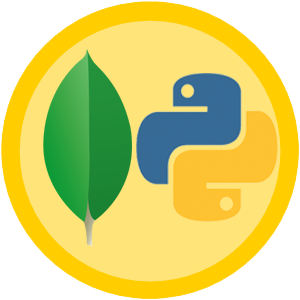
Steps for Python MongoDB Connectivity
1. Install the Required Driver
To begin, we need to install the pymongo driver, which acts as the interface between Python and MongoDB. Use the following command to install it:
$ pip install pymongo
2. Create a Python Script
Now, let’s write a Python script to establish a connection with MongoDB and perform some basic operations. Save this file as connect.py.
from pymongo import MongoClient # Import MongoClient to connect to MongoDB
import pprint # Import pprint for pretty-printing the output
# Step 1: Creating an instance of MongoClient
client = MongoClient('mongodb://localhost:27017/') # Specify the MongoDB URI
# Step 2: Creating a database
db = client['example_database'] # Database name: 'example_database'
# Step 3: Defining a record
employee = {
"id": "101",
"name": "John Doe",
"profession": "Software Developer",
"department": "Engineering"
}
# Step 4: Creating a collection
employees = db['employees'] # Collection name: 'employees'
# Step 5: Inserting the record
employees.insert_one(employee)
# Step 6: Fetching and displaying the record
print("Inserted Record:")
pprint.pprint(employees.find_one({"id": "101"}))
3. Execute the Python Script
Run the Python script to insert the record into the MongoDB database and fetch it.
$ python connect.py
The output will display the inserted record, similar to the following:
Inserted Record:
{'_id': ObjectId('64fcb3d0c2d10e5e7a21f1c9'),
'department': 'Engineering',
'id': '101',
'name': 'John Doe',
'profession': 'Software Developer'}
4. Access the MongoDB Shell
To verify the database and collection creation, access the MongoDB shell using the following command:
$ mongo
5. Check Available Databases
List all available databases in MongoDB using:
> show dbs
6. Verify the Collection
Switch to your database and view the collections:
> use example_database
> show collections
The collection employees should be displayed.
7. View Stored Records
Fetch all records stored in the employees collection using:
> db.employees.find().pretty()
You will see the inserted record in JSON format:
{
"_id": ObjectId("64fcb3d0c2d10e5e7a21f1c9"),
"id": "101",
"name": "John Doe",
"profession": "Software Developer",
"department": "Engineering"
}
Key Updates for Modern Implementations
- MongoDB URI: Always specify the URI explicitly (e.g.,
mongodb://localhost:27017/) to ensure connection flexibility. - Environment Variables: Use environment variables for storing sensitive credentials like database URIs for better security.
- Error Handling: Wrap database operations in
try–exceptblocks to handle connection errors gracefully. - Indexing: Use indexing in MongoDB collections for faster queries, especially for large datasets.
Download New Real Time Projects :-Click here
PHP PROJECT:- CLICK HERE
How to connect to MongoDB through Python?
What is MongoDB connectivity?
python mongoDB connectivity
Do I need to install MongoDB to use PyMongo?
Is the motor better than PyMongo?
python mongodb connectivity
mongodb connection example
mongodb connection issues
mongodb not connecting
how to connect mongodb atlas with python
python mongodb connection string
python connect to mongodb example
python mongodb test connection
Python MongoDB Connectivity: A Step-by-Step Guide
python connect mongodb atlas
python mongodb connection with authentication
how to connect mongodb with python

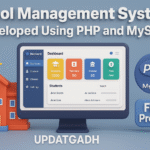
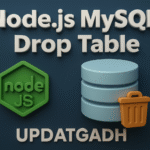


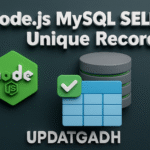
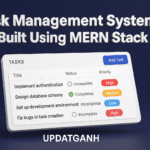

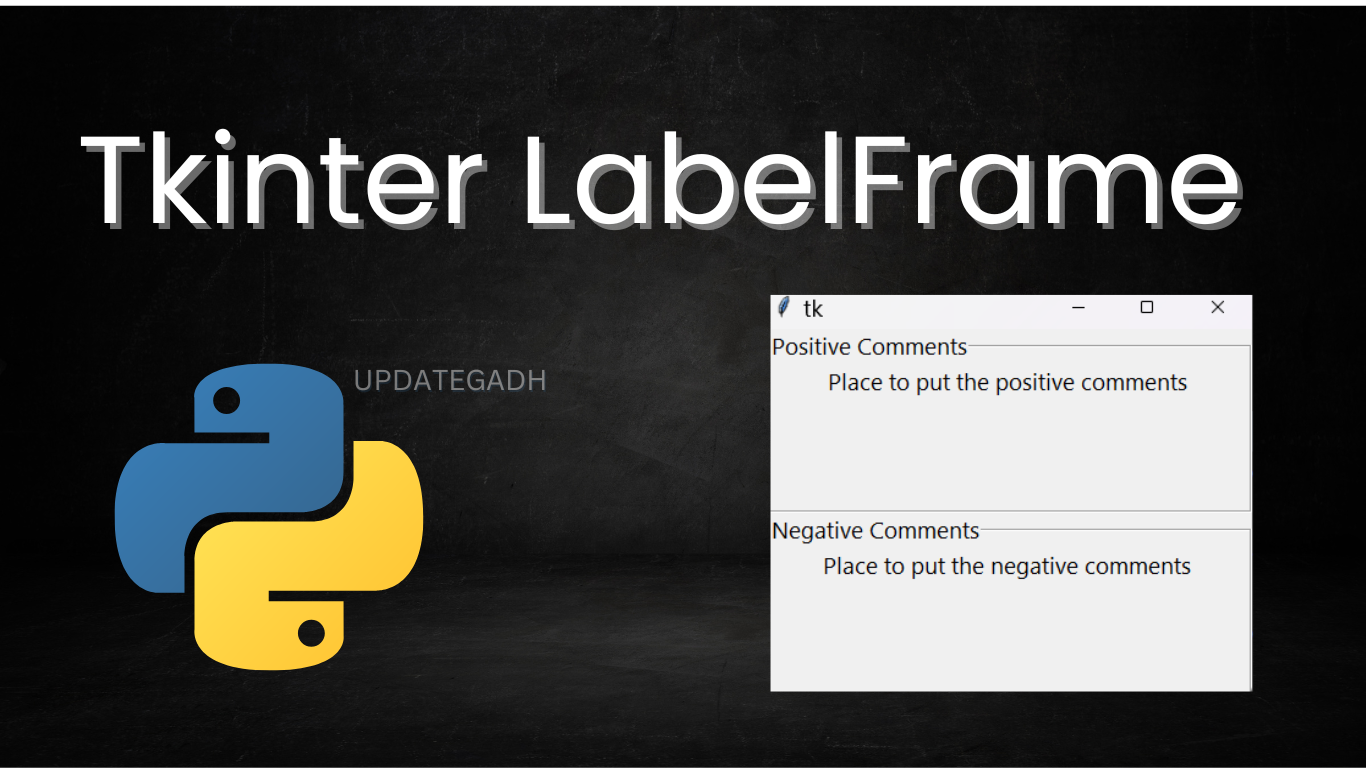

Post Comment